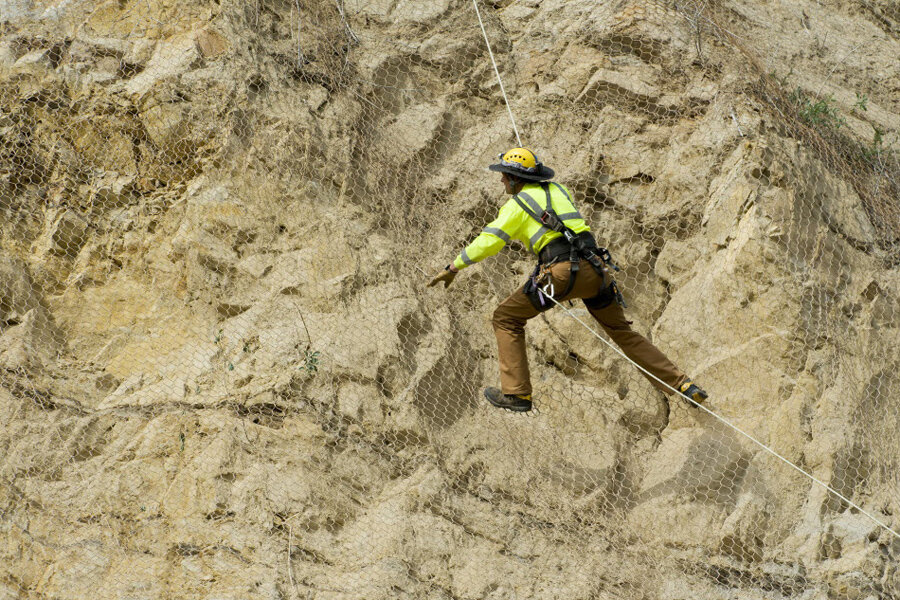California earthquake of 7.5 on lesser-known fault could mean disaster
Loading...
| LA HABRA, California
Experts say a bigger earthquake along the lesser-known fault that gave Southern California a moderate shake could do more damage to the region than the long-dreaded "Big One" from the more famous San Andreas Fault.
The Puente Hills thrust fault, which brought Friday night's magnitude-5.1 quake centered in La Habra and well over 100 aftershocks by Sunday, stretches from northern Orange County under downtown Los Angeles into Hollywood — a heavily populated swath of the Los Angeles area.
A magnitude-7.5 earthquake along that fault could prove more catastrophic than one along the San Andreas, which runs along the outskirts of metropolitan Southern California, seismologists told the Los Angeles Times.
The U.S. Geological Survey estimates that such a quake along the Puente Hills fault could kill 3,000 to 18,000 people and cause up to $250 billion in damage. In contrast, a larger magnitude 8 quake along the San Andreas would cause an estimated 1,800 deaths.
In 1987, the fault caused the Whittier Narrows earthquake. Still considered moderate at magnitude 5.9, that quake killed eight people and did more than $350 million in damage.
Part of the problem with the potential damage is that the fault runs near so many vulnerable older buildings, many made of concrete, in downtown Los Angeles and Hollywood. And because the fault, discovered in 1999, is horizontal, heavy reverberations are likely to be felt over a wide area.
The shaking from a 7.5 quake in the center of urban Los Angeles could be so intense it would lift heavy objects in the air, like the 1989 Loma Prieta Earthquake in Northern California, where the shaking was so bad "we found an upside-down grand piano," USGS seismologist Lucy Jones told the Times.
That would "hit all of downtown," Jones said. "And everywhere from La Habra to Hollywood."
About 150 aftershocks, including one of magnitude-4.1, have been felt since Friday night's quake, which forced several dozen people in the Orange County city of Fullerton out of their homes after firefighters discovered foundation problems that made the buildings unsafe to enter, authorities said.
Fire crews red-tagged 20 apartment units after finding a major foundation crack, but residents have since been allowed to return. Structural woes, including broken chimneys and leaning, were uncovered in half a dozen single-family houses, which were also deemed unsafe to occupy until building inspectors clear the structures. About two dozen residents remained displaced, down from more than 80 after the initial quake.
Another 14 residential structures around the city suffered lesser damage, including collapsed fireplaces.
A water-main break flooded several floors of Brea City Hall, and the shaking knocked down computers and ceiling tiles, Stokes said.
It was not immediately clear if City Hall would reopen Monday. An email to the mayor was not immediately returned.







